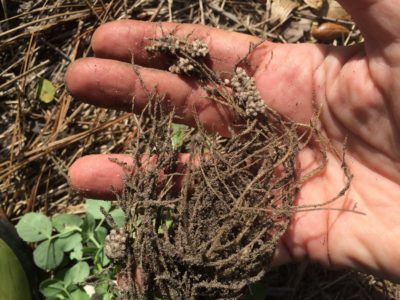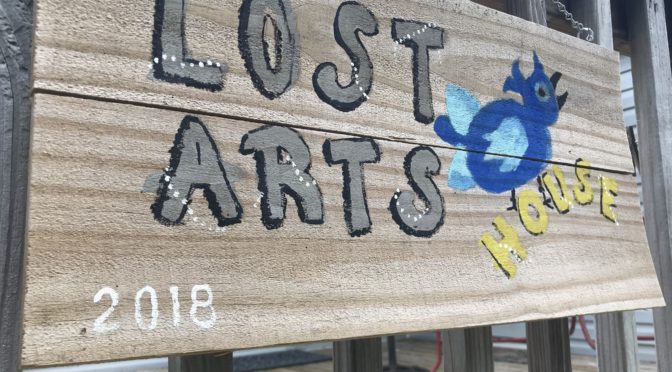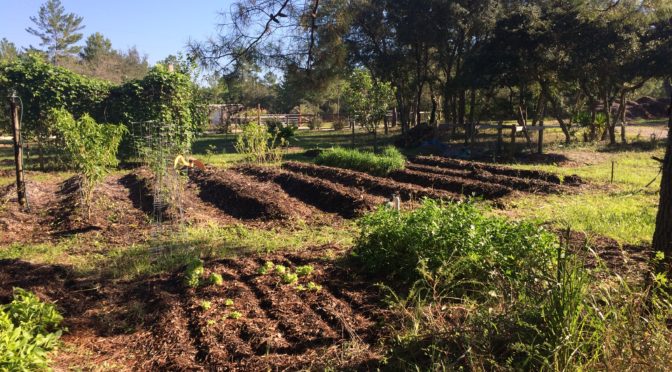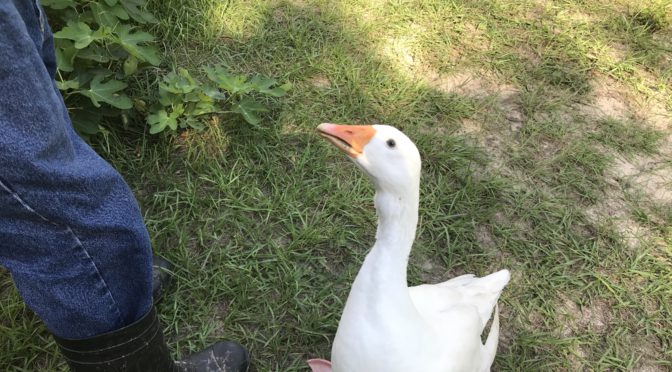The very hardest part of any building project is soil-building…laying the foundation. The reality is that if you don’t have a strong and healthy foundation, the project will not be successful in the long run. Of course, it may succeed short term, but that can be deceiving.
It’s easy to assume that a project will keep going indefinitely when it is in fact losing momentum and running down…falling apart. (Take our planet for example!) To continue, we have to find a way to infuse energy back into the project, nitrogen back into the soil, health back into the system.
We know that organic patterns have counterparts in society. And patterns that we see in society have their counterparts in nature. What does this mean for us? Is it possible to study what happens in the garden to solve our social problems? It’s an interesting idea.

The image above shows the roots of a cover crop. The little white nodes are nitrogen. The plants are putting nitrogen back into the soil so that the soil is healthier for the next crop. Once the cover develops the nitrogen nodes, the greens are cut off at the soil line, or turned in lightly, and the next crop is planted. The crops are rotated; each is there for a season and then is grown again in another space.
How does soil building apply to our lives? What is social soil building? Perhaps it means that as we grow, we should maintain our roots to benefit the next generation. As we mature, we should develop valuable resources for others to use for their own healthy growth. It could mean that we should move between spaces, but purposefully.
The key to building healthy soil is diversity. If you think about a healthy community, you realize that it is not a group of people who all think alike. A healthy community is a group in which everyone has different interests, different skills, and different perspectives, each contributing something of value, each putting valuable nitrogen back into the soil for the next crop.
How do we go about getting started? That’s another story…
Happy Homesteading,
T.







